Exploring inflation, its implications, and investing strategies
Inflation remains one of the most complex and impactful economic challenges, shaping the way individuals and nations interact financially. Historically, inflation has devastated savings, altered asset prices, and created uncertainty. In this article, we will unpack the history and patterns of inflation, its profound effects on the economy, and the strategies individuals can employ to safeguard their wealth. Drawing from historical data, we will analyze how inflation functions and how investing remains one of the key methods to combat its effects.
The historical perspective: inflation during the 1970s and 1980s
In 1972, the median price of a home stood at $22,000, but by 1982, this figure had tripled to $66,000. Similarly, the price of a barrel of oil in 1972 was $3, spiking to $30 by 1982. The purchasing power of the US dollar during this period eroded drastically, and any individual who had $1,000 in 1972 would have seen its value shrink to around $400 just a decade later due to inflation.
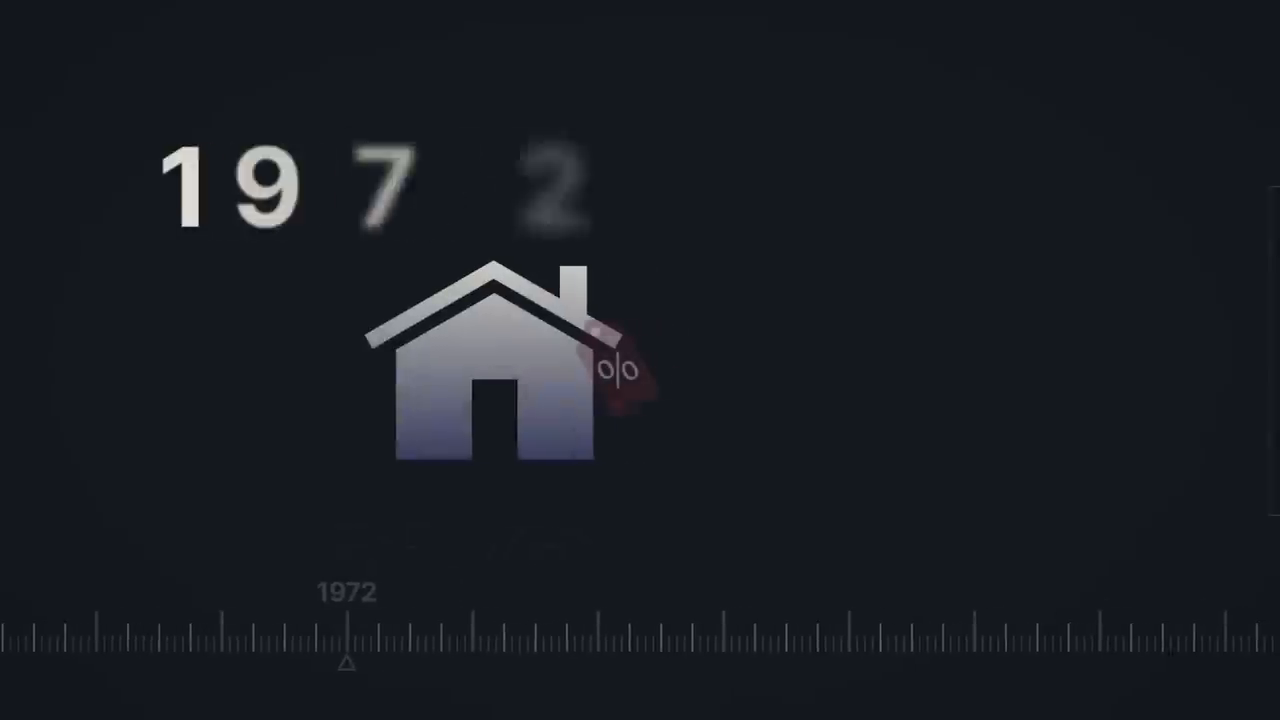
Inflation in the 1970s caused a significant erosion in savings value.
This decade (the 1970s to the early 1980s) is infamous for its surging inflation, largely fueled by global factors like oil shocks and domestic monetary policies. Inflation rates were volatile and severely impacted everyday Americans, drastically reducing savings and making daily goods considerably more expensive.
Similar patterns: inflation in recent years
Inflation’s impact in recent years mirrors that of the 1970s in several ways. From June 2020 to today, the US dollar has lost approximately 20% of its purchasing power. The prices of homes, daily groceries, and essentials have displayed alarming trends. For example:
- Median home prices: In June 2020, the average cost stood at $320,000. By today, prices have risen to $420,000, reflecting a 30% increase.
- Bread: A loaf cost $1.40 in June 2020, whereas today, it costs $2, representing a 40% jump.
These price hikes have contributed to the largest inflation surge in the United States since the 1980s, causing concern among economists and policymakers.
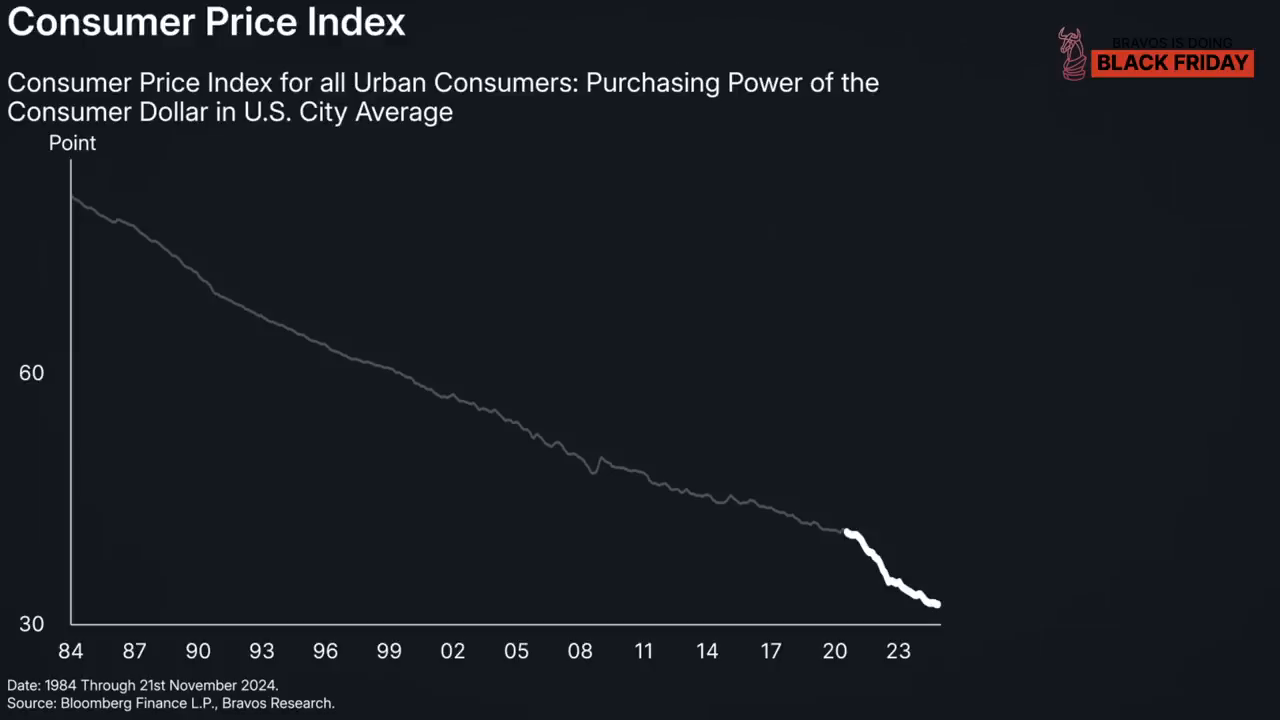
The inflation surge since 2020 has pushed prices of daily commodities beyond expectations.
Although inflation has slowed to approximately 3% since peaking in 2022, its persistence has raised questions about whether the worst is behind us or if further challenges await.
Comparing inflation trends: the 1970s and now
Interestingly, today’s inflation rates find themselves at a crossroads not unlike 1972, when inflation hovered around 3% before escalating into the infamous decade of surges. Some fear that current patterns may mirror those seen in the early 1970s, leading to a sustained inflation spiral. Back then, surging oil prices triggered by geopolitical events—such as the Yom Kippur War and Iranian Revolution—amplified inflationary pressures.
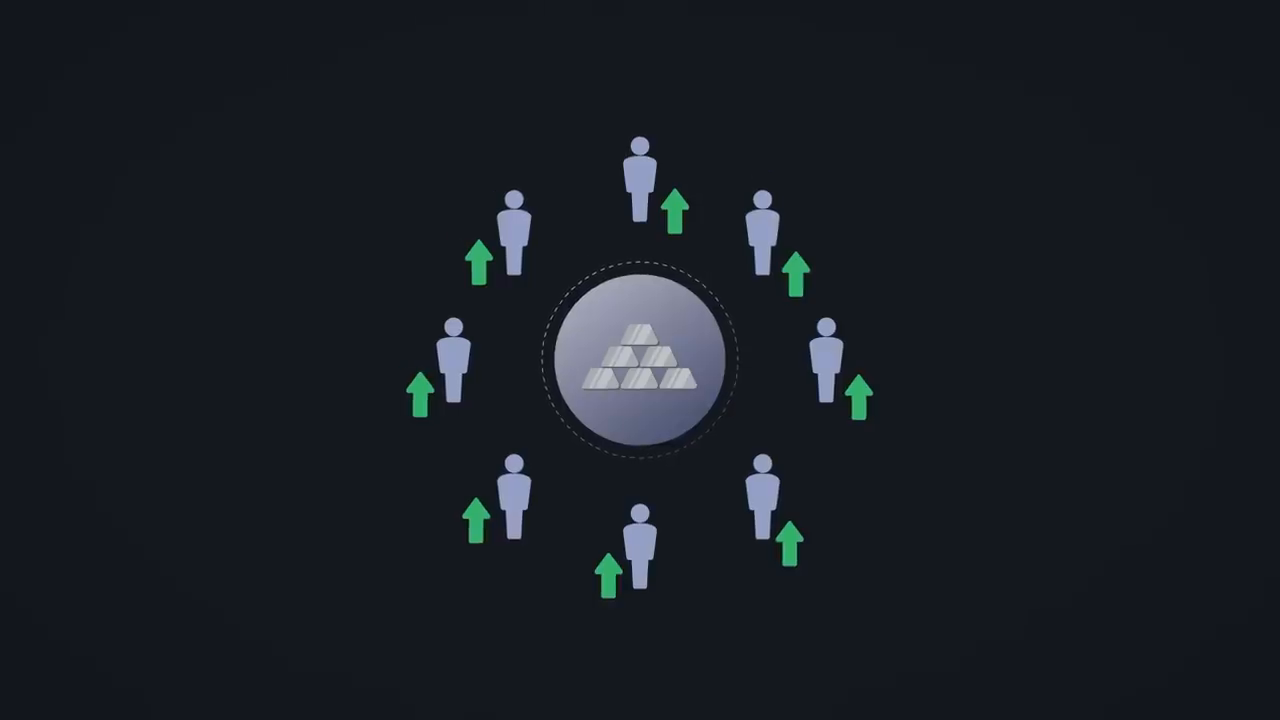
Inflationary patterns today bear striking similarities to events in the early 1970s.
Does this mean a repeat of the 1970s is on the horizon? While significant differences exist—for example, the US is now far less dependent on Middle Eastern oil due to increases in domestic production—there are real risks tied to geopolitical tensions and supply shock vulnerabilities.
Core inflation’s stubborn persistence
The Consumer Price Index (CPI) measures inflation through a basket of consumer goods, including housing, bread, fuel, and medical expenses. To smooth out volatile elements like food and energy, economists also track the "core CPI." Today, one of the biggest drivers of core inflation is the cost of shelter, which includes rising home and rental prices.
Although home prices in the US have cooled over the last year, shelter inflation data often lags, meaning current governmental statistics may not reflect the real market trends yet. Slower home sales and high mortgage rates suggest stability—or even declines—over the coming year.
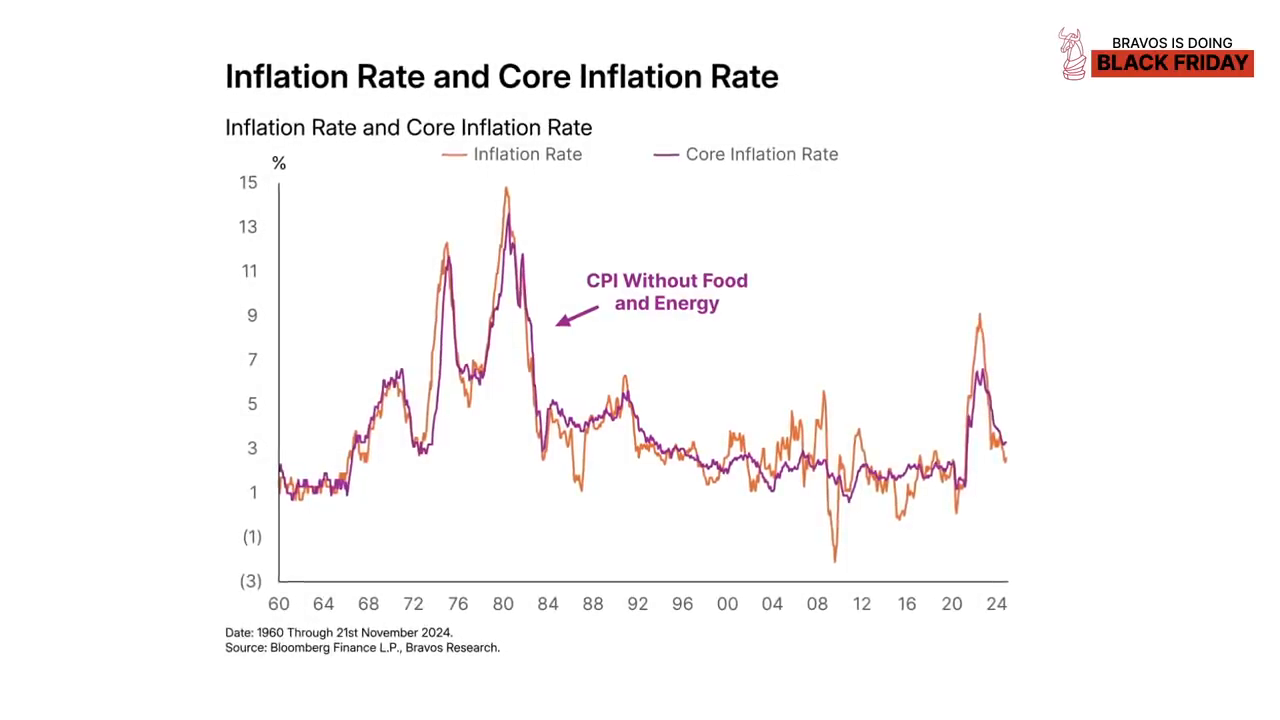
The US housing market has cooled significantly, lowering pressure on core inflation.
Despite this, wages and salaries remain a concern for inflation persistence. The considerable growth in wages since the pandemic contributes to inflationary pressures—when people earn more, they spend more, which reinforces higher prices. Studies show that job openings and wage growth indicators suggest a steady future decline in wage increases.
The ripple effects of food and energy prices
Food and energy prices, though excluded from core CPI calculations, profoundly influence inflation. Rising food costs push consumers to demand higher pay, creating a cycle of inflationary growth. Similarly, soaring oil prices result in higher transportation costs, affecting the overall economy.
Historically, food and energy have been sensitive to external shocks, from geopolitical tensions to erratic weather patterns. The oil crises of the 1970s exemplify this fragility, where geopolitical turmoil in the Middle East catapulted prices and drastically amplified inflation. Fortunately, the US today is significantly less reliant on foreign oil, thanks to advancements in fracking and domestic production.
Why investing matters in combating inflation
Inflation consistently erodes the purchasing power of the dollar, even in periods of lower rates, highlighting the importance of investing to protect wealth. Assets like gold, cryptocurrencies (such as Bitcoin), and stocks provide effective hedges against inflation. For instance:
- Gold: In 2024 alone, gold prices increased by over 25%.
- The S&P 500: Stock market indexes such as the S&P 500 witnessed a similar 25% growth in the same period.
- Bitcoin: Cryptocurrency, especially Bitcoin, saw explosive gains, rising by over 100%.
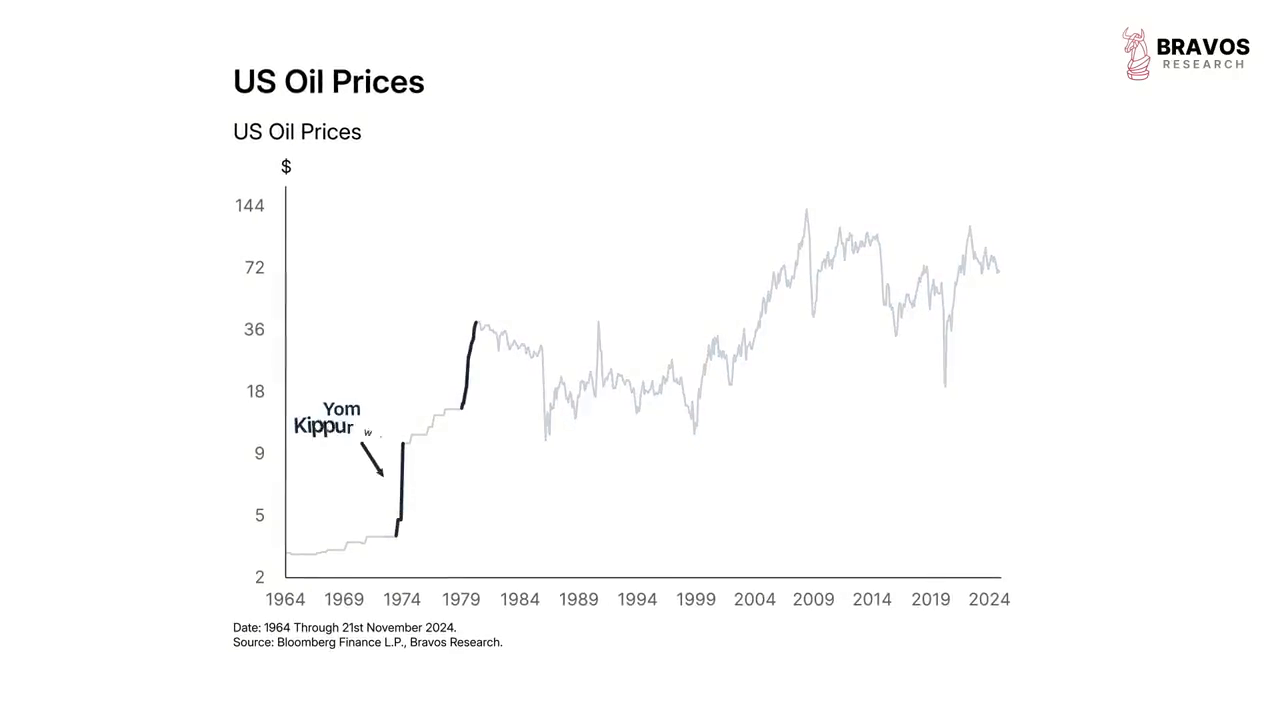
Gold’s price growth exemplifies how investing smartly protects against inflation.
These returns demonstrate that inflationary periods often coincide with booming asset markets, creating opportunities for investors to not just protect but grow their wealth. Understanding the market dynamics and diversifying investments across various asset classes remains fundamental in combating inflation.
At Bravo’s Research, strategies are centered around identifying and leveraging these market trends. Professional risk management, focusing on assets with potential for quick returns, has delivered consistent performance for clients during volatile times like 2024.
Looking ahead: strategies for navigating inflation risks
Although recent trends offer hope for stabilization, inflation will remain an ongoing factor in economic decisions. Central banks, like the Federal Reserve, aim to maintain a target inflation rate of 2%, but achieving this consistently relies on careful management of wages, commodity prices, and monetary policy.
For individual investors, the key takeaway is clear: preserve wealth through intelligent market speculation and diversified investments. By leveraging assets like gold, real estate, or cryptocurrency, individuals can weather the challenges posed by inflation and even benefit from price appreciations during upward cycles.
Conclusion: protecting your wealth in an inflationary world
Inflation is an inevitable aspect of modern financial systems, eroding purchasing power over time. From the turbulent 1970s to the present day, its effects have been far-reaching, impacting savings, housing markets, and essential goods. However, it’s possible to safeguard wealth and even attain significant returns by understanding inflationary trends and investing in robust assets.
As inflation continues to pose challenges, professional guidance from resources like Bravo’s Research can empower individuals to make informed financial decisions. With sound strategies, the right investments, and a proactive approach to risk management, individuals can protect and grow their wealth in a fluctuating economic environment.
Don't miss the opportunity to learn more about investing strategies and financial research by joining Bravo’s Research during their Black Friday promotional event!
